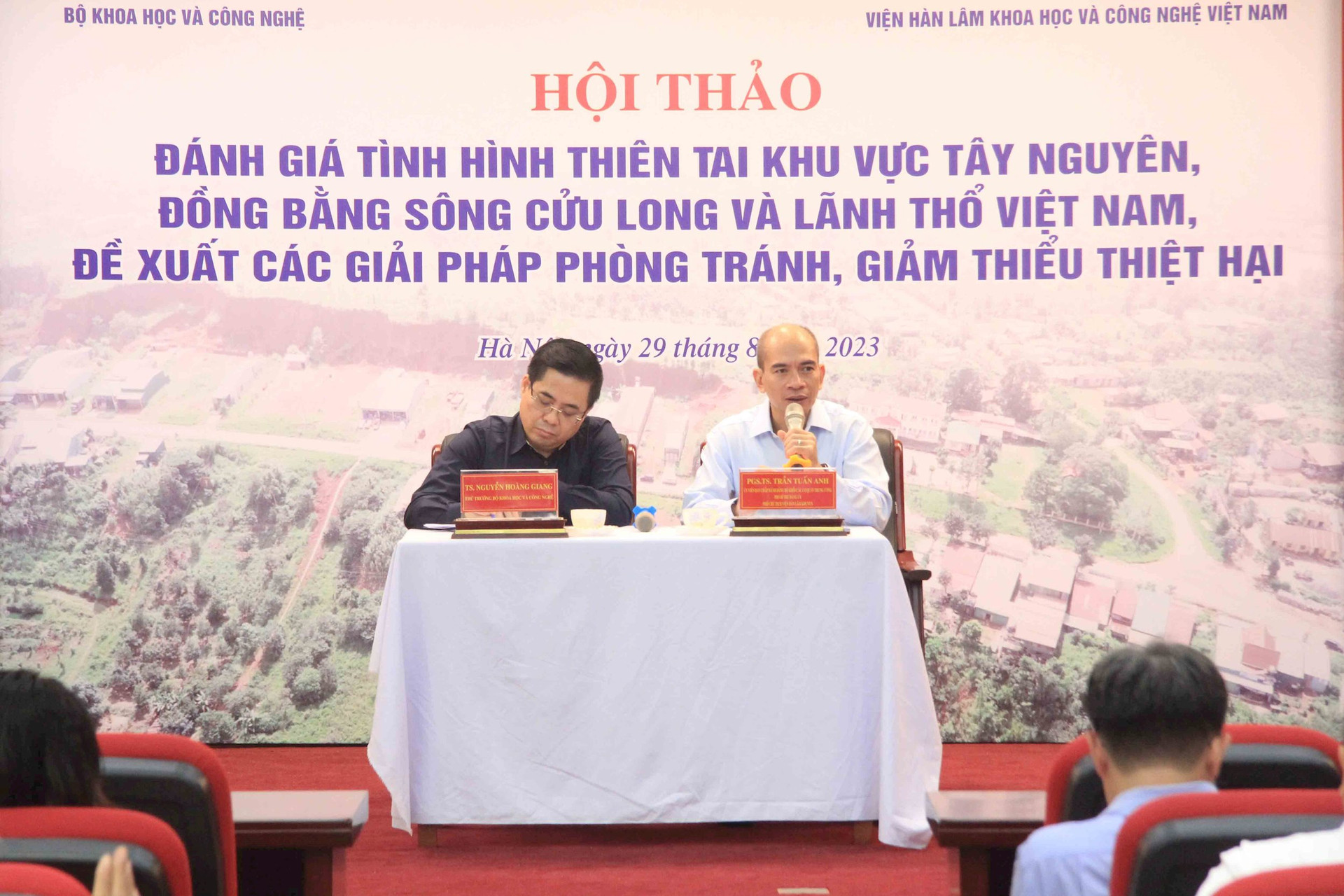
The workshop was chaired by Dr. Nguyen Hoang Giang - Deputy Minister of Science and Technology and Assoc. Prof. Dr. Tran Tuan Anh - Vice President of Vietnam Academy of Science and Technology.
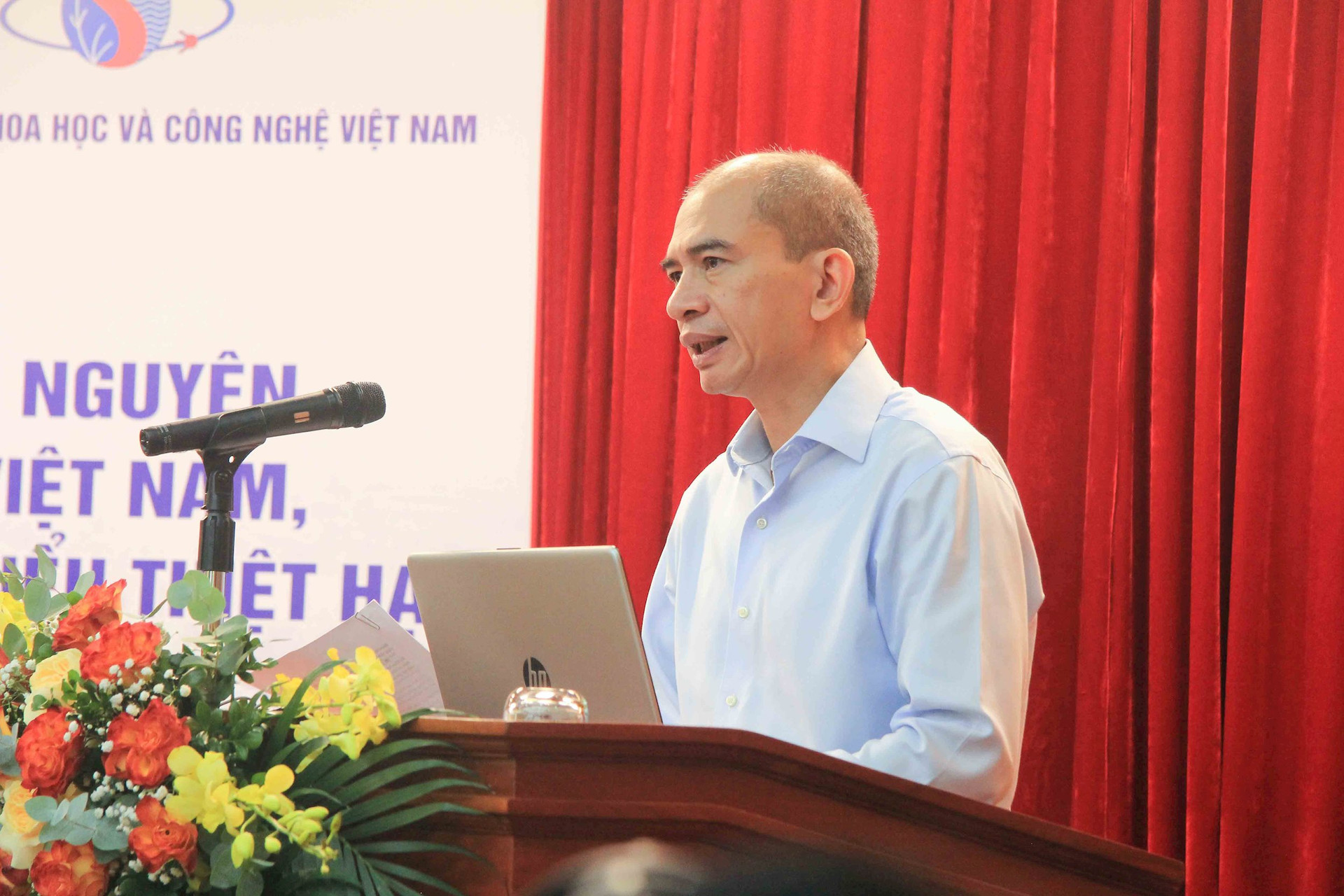
In his opening speech, Associate Professor Dr. Tran Tuan Anh - Vice President of the Vietnam Academy of Science and Technology said that natural resources, including those related to geology such as landslides, subsidence, earthquakes, landslides, riverbank and coastal erosion, etc., have been causing huge property losses and affecting socio-economic activities. In the Mekong Delta (MD) in recent years, the current situation of riverbank and coastal erosion has been very complicated and tends to increase in both scope and scale. The Prime Minister has directly inspected and assessed the scene many times and given drastic instructions to minimize the impact of nature.
In the Central Highlands, in July and August 2023 alone, a series of landslides and land cracks occurred. The Vietnam Academy of Science and Technology (VAST) coordinated with the Ministry of Science and Technology to organize a survey team to make a preliminary assessment of the current situation and causes as a basis for proposals and future research directions. Since then, the Institute has conducted pioneering research in assessing natural disasters over more than 30 years of research, while building a legal system and research methods to assess disaster risks, monitor and move towards early warning and near-real-time warning. The workshop was also an opportunity to evaluate and exchange achieved results and propose groups of issues and breakthrough tasks in methods and technologies for detection, monitoring and warning to minimize damage caused by natural disasters in the Mekong Delta and the Central Highlands in particular and throughout Vietnam in general.
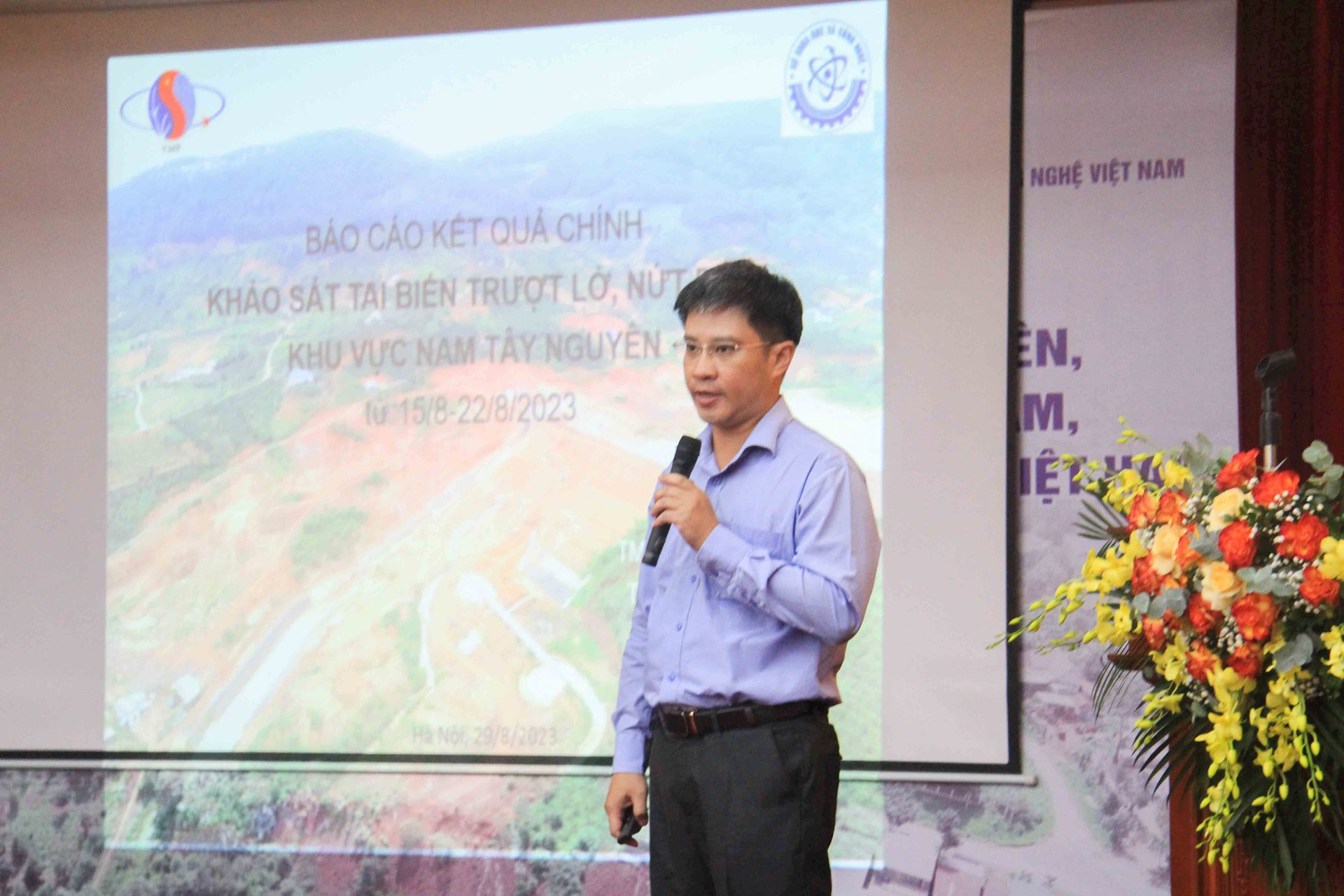
Dr. Tran Quoc Cuong - Head of the working group of the Vietnam Academy of Science and Technology reported the results of the survey to assess the current status of landslides and land cracks in the southern Central Highlands region of Lam Dong and Dak Nong provinces, thereby showing that the current status of landslides at Dak N'ting Irrigation Reservoir on the right shoulder of the dam is a landslide developing on the ancient landslide, considered one of the largest landslides in Vietnam. The landslide and land cracks that occurred have threatened the safety of the dam and the headworks system, causing the risk of dam failure, affecting the downstream, especially when it rains, the landslide is expected to continue to develop, similar to Dong Thanh Irrigation Reservoir in Lam Dong.
Regarding the current state of land cracks, most of them develop from pre-existing landslides, signs such as cracks in Residential Area Group 11, B'Lao Ward, Bao Loc City, monitoring in the first 6 months of 2023 showed that the landslide had moved 190mm, with complicated developments and was in a dangerous state, greatly affecting the stability and livelihoods of the people. The basic cause of this phenomenon is the presence of weak rock and soil layers in geological formations, distributed widely in the Southern Central Highlands. Long-term heavy rains and construction activities have impacted areas that are inherently geologically vulnerable, causing landslides in June, July and August this year.
Thereby, Dr. Quoc Cuong made a number of recommendations in implementing research and scientific tasks in the coming time on landslides, soil cracks in the Southern Central Highlands, focusing on planning the ratios and focusing on techniques and technology to monitor and warn of landslides in real time by area and by point; Strengthening coordination between departments of Lam Dong and Dak Nong provinces with the Ministry of Science and Technology and scientific organizations in general to research, identify and handle disasters with urgent tasks: Determining the level of danger of landslides - soil cracks in 2023 in key areas of the Southern Central Highlands and proposing solutions to handle and minimize damage; Building a landslide monitoring system and an information management system to serve real-time warnings in residential areas and key traffic routes in the Southern Central Highlands.
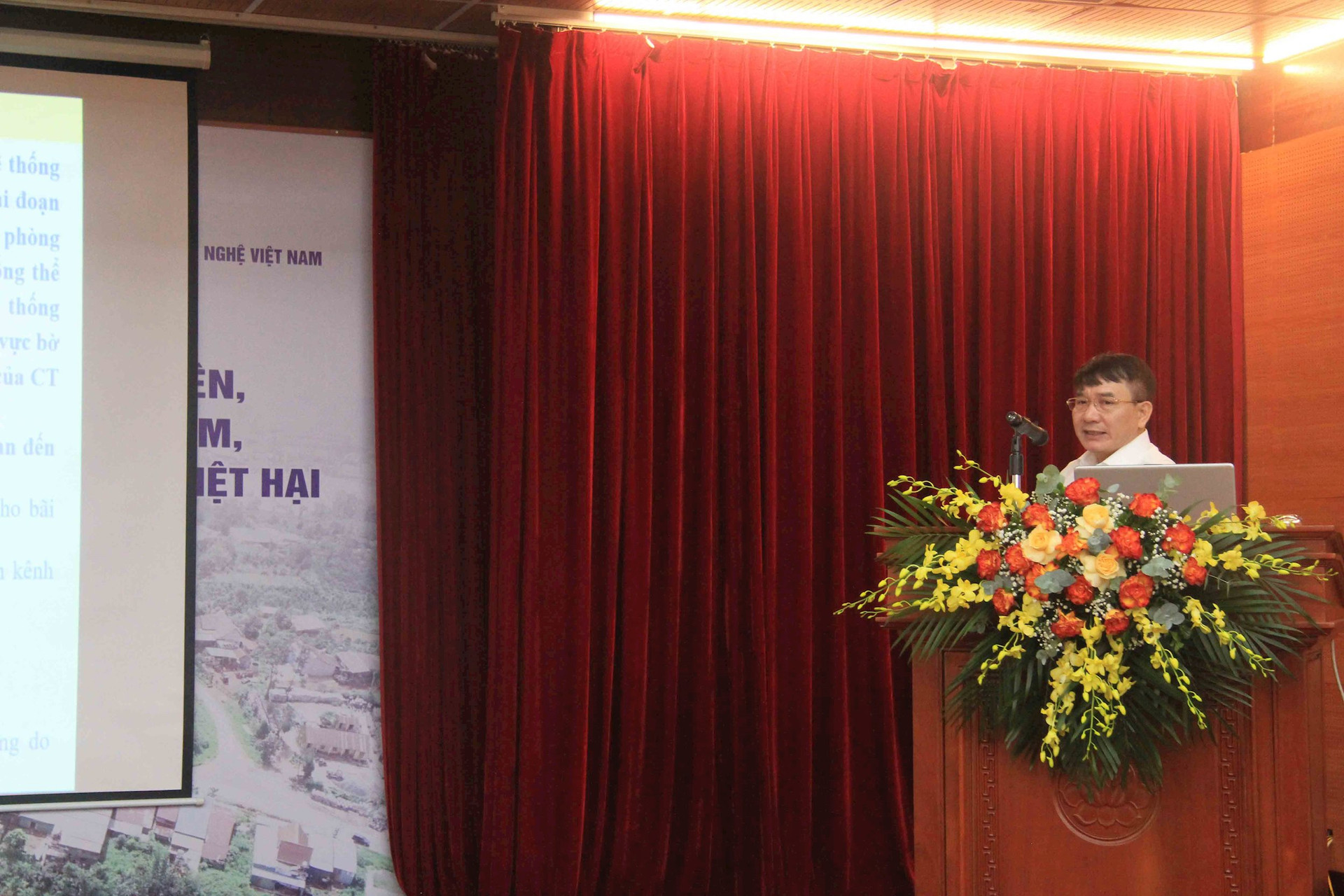
Prof. Dr. Tran Dinh Hoa - Vietnam Institute of Water Resources - Head of Program KC08/21-30 presented the situation of river and sea erosion in the Mekong Delta, saying that up to now, in 13 provinces in the Mekong Delta, there are a total of 596 locations of river and sea bank erosion with a length of more than 804.4km (River banks 548 points/582.7 km, sea coast is 48 points/221.7 km). With the impact of the East Sea tidal currents creating large flow velocities; Influence from the structure of the shoreline and sediments, wind and currents, geological formation and subsidence, sand exploitation, especially the impact of climate change has caused seabed erosion and damaged the coastline of the Mekong Delta.
Proposing solutions to protect river and sea banks, Prof. Dr. Tran Dinh Hoa proposed 2 groups of management and technical solutions, including a group of hard construction solutions including: Sea revetments, groyne revetments, wave-breaking underground dykes, groyne revetments combined with wave-breaking underground dykes; Soft solutions including: Beach nourishment, mangrove planting, and sand dunes. The groups of solutions have been implemented and are continuing to be deployed in areas such as river banks in Ca Mau, shore protection revetments in Vinh Hao - Soc Trang; CT1 wave-reducing structure in Go Cong - Tien Giang; Shore protection revetments in Ganh Hao - Bac Lieu, etc. At the same time, it is necessary to soon develop new structures and technologies at direct sea revetments and wave-reducing construction locations, in order to minimize natural disasters caused by storms and floods causing landslides in the area.
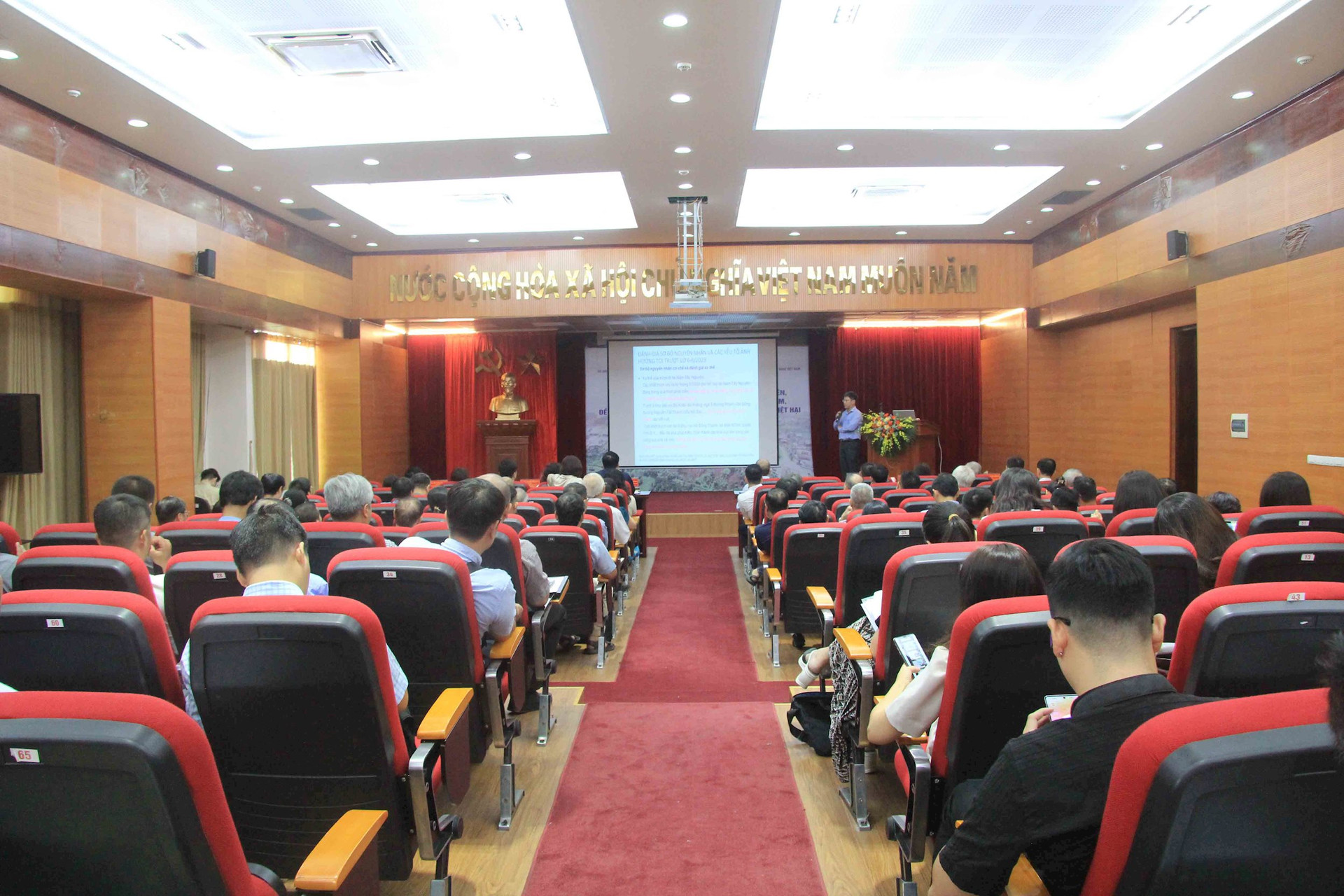
During the workshop, the discussion and contributions from representatives of the Ministry of Science and Technology, research institutes and related units were important for synthesizing and proposing practical and specific solutions for the situation of natural disaster research in Vietnam as well as proposing response solutions in the new situation.
Source






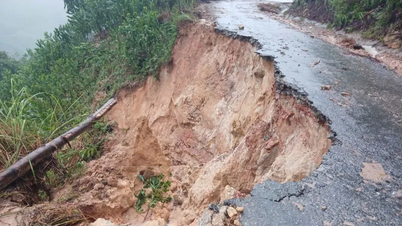

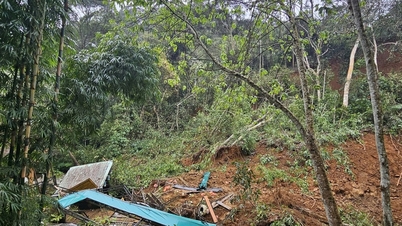

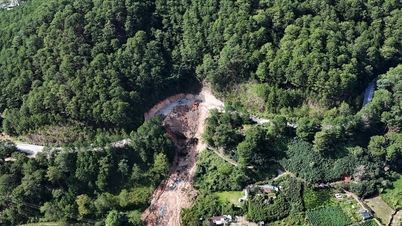
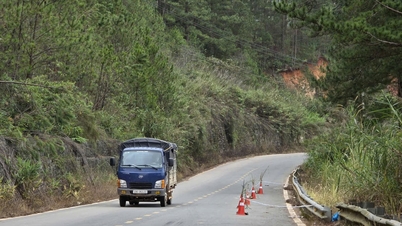
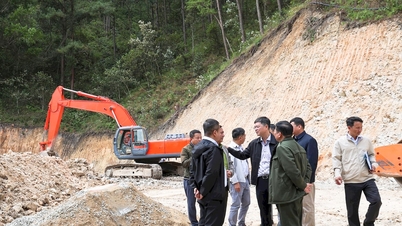
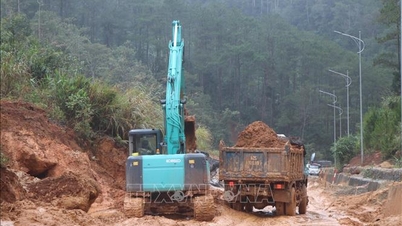
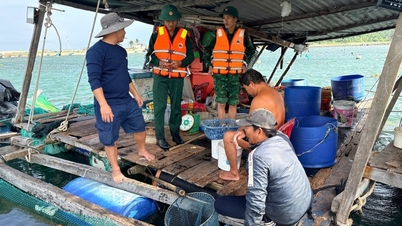

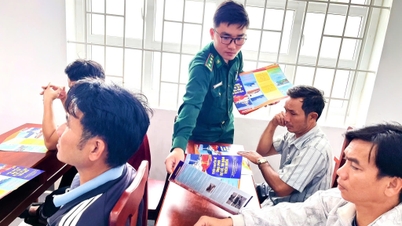

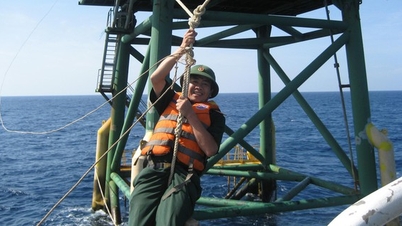

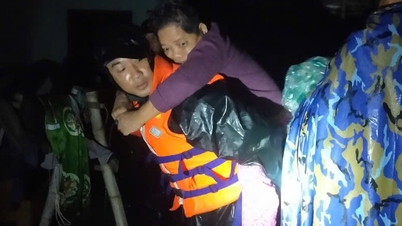
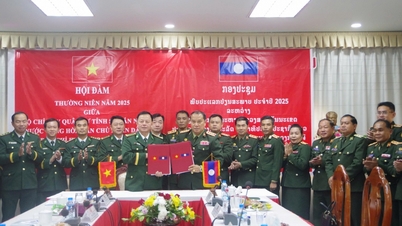




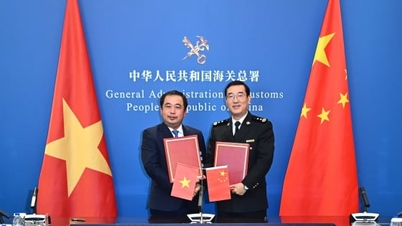
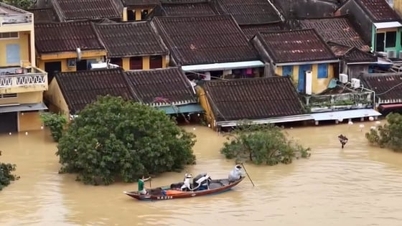
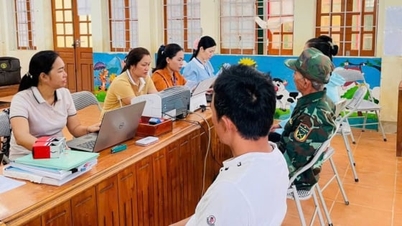
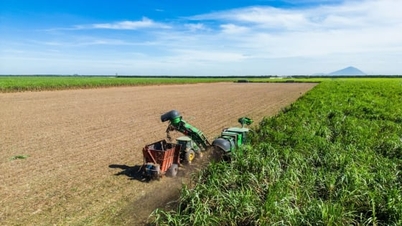





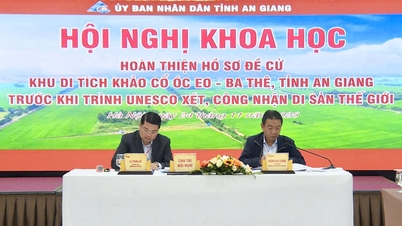




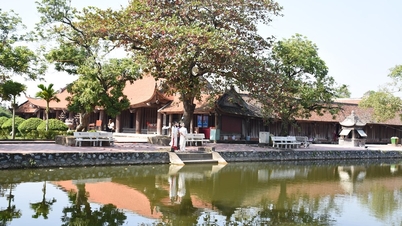
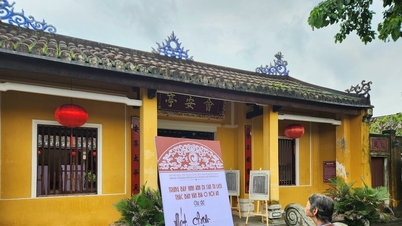



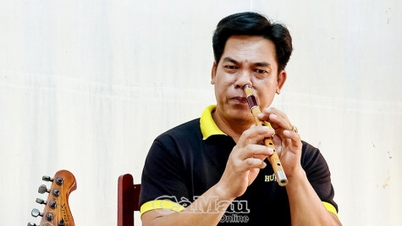





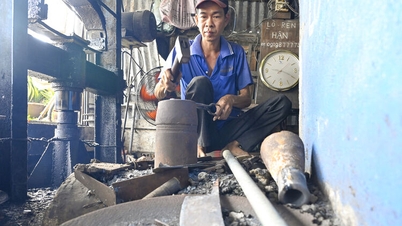

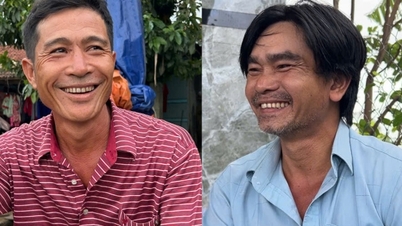

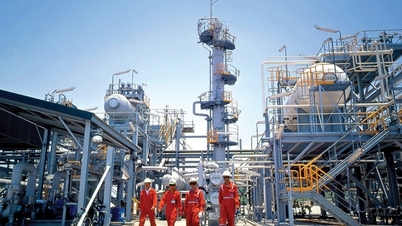



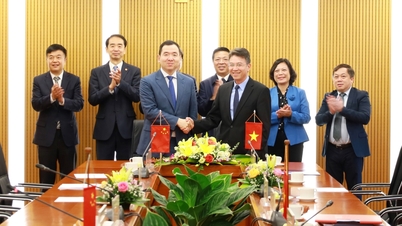






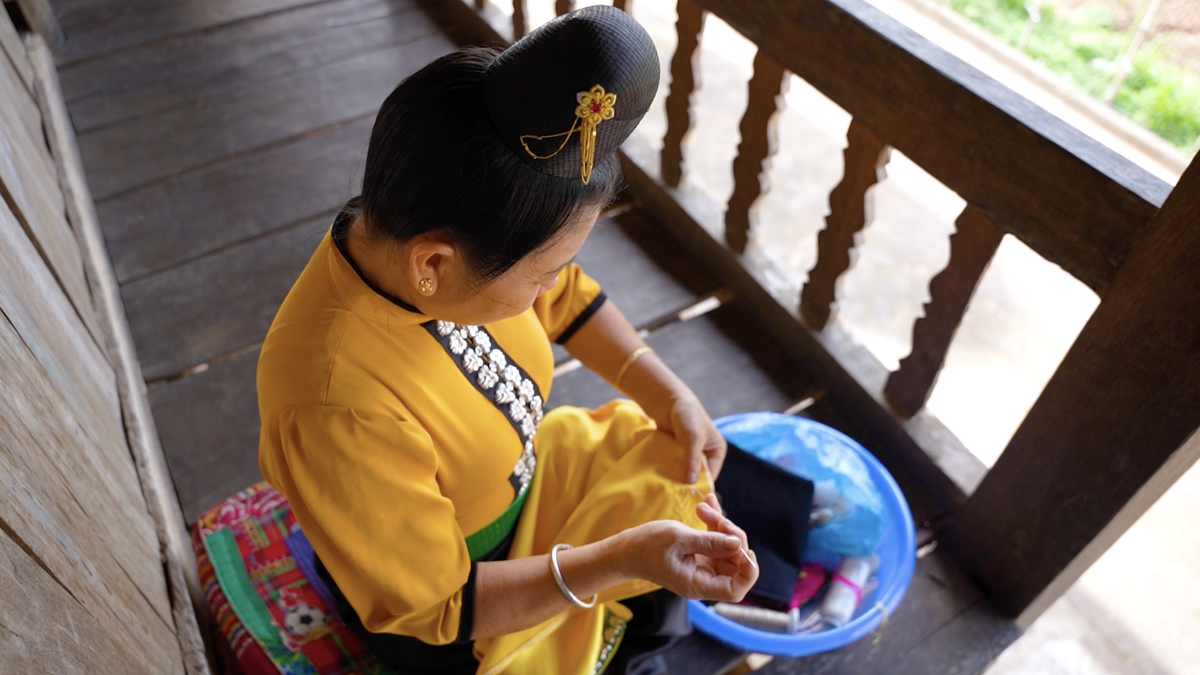


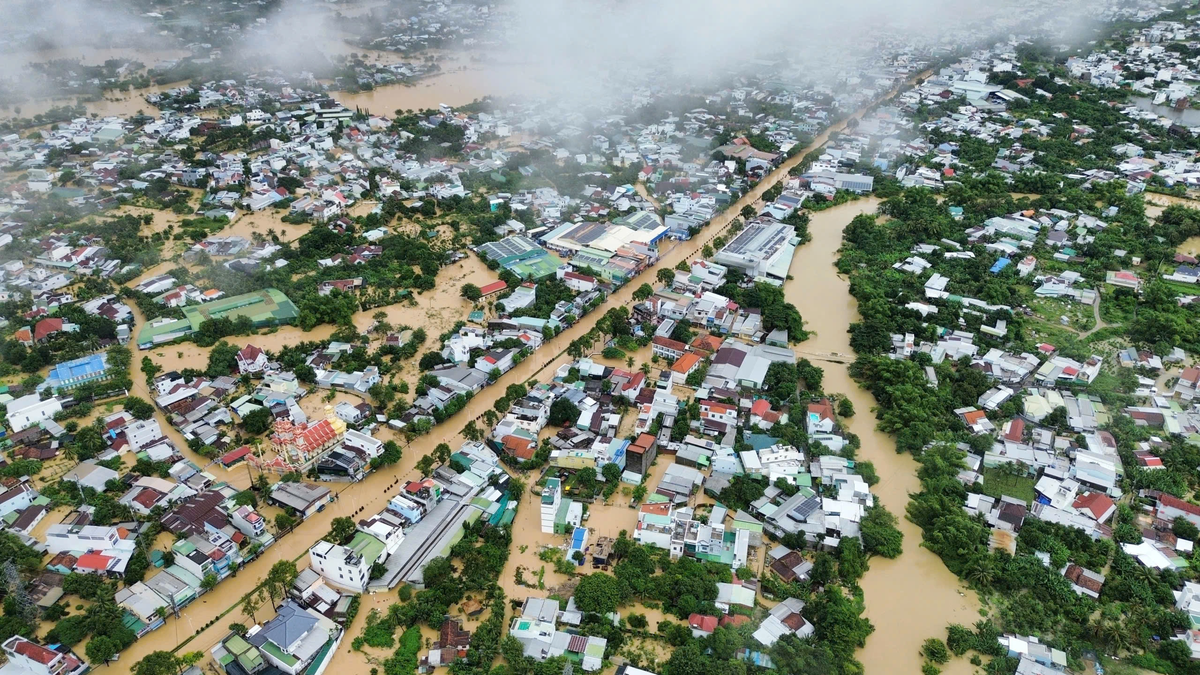
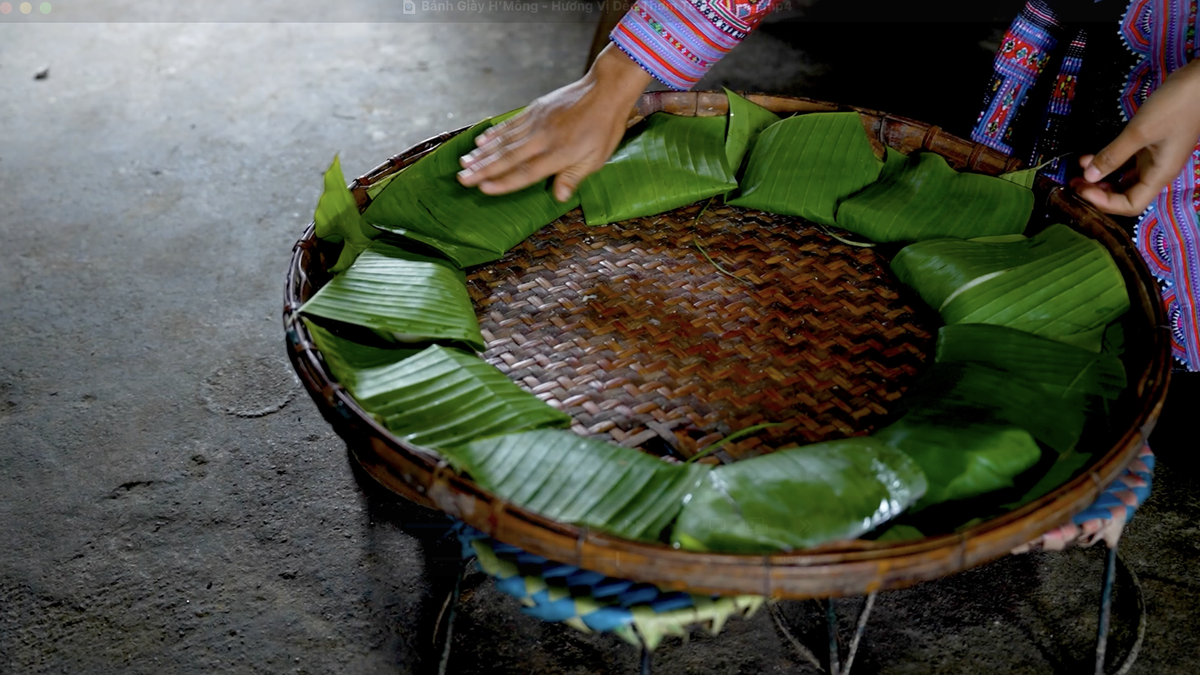




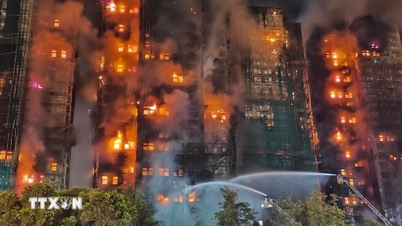







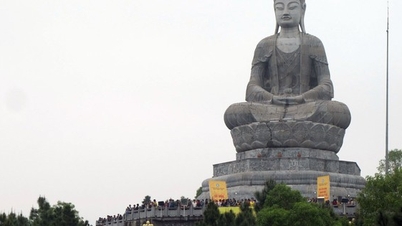








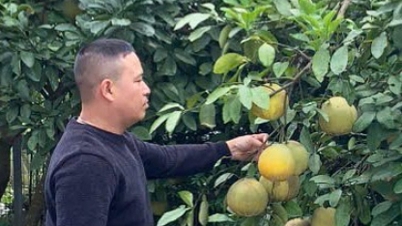

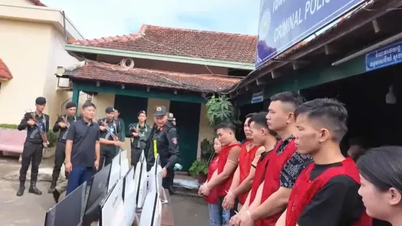

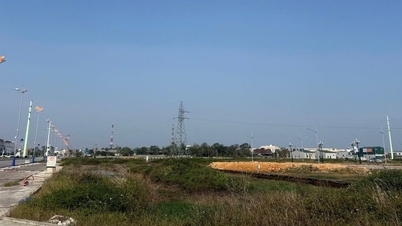

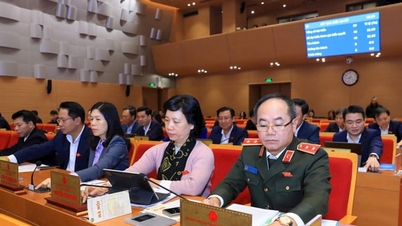


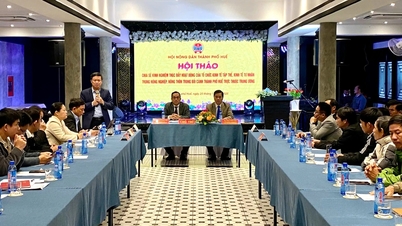




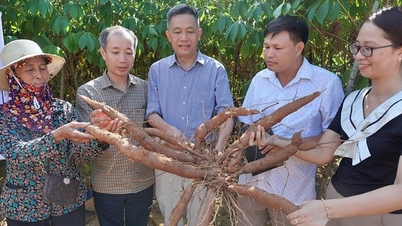


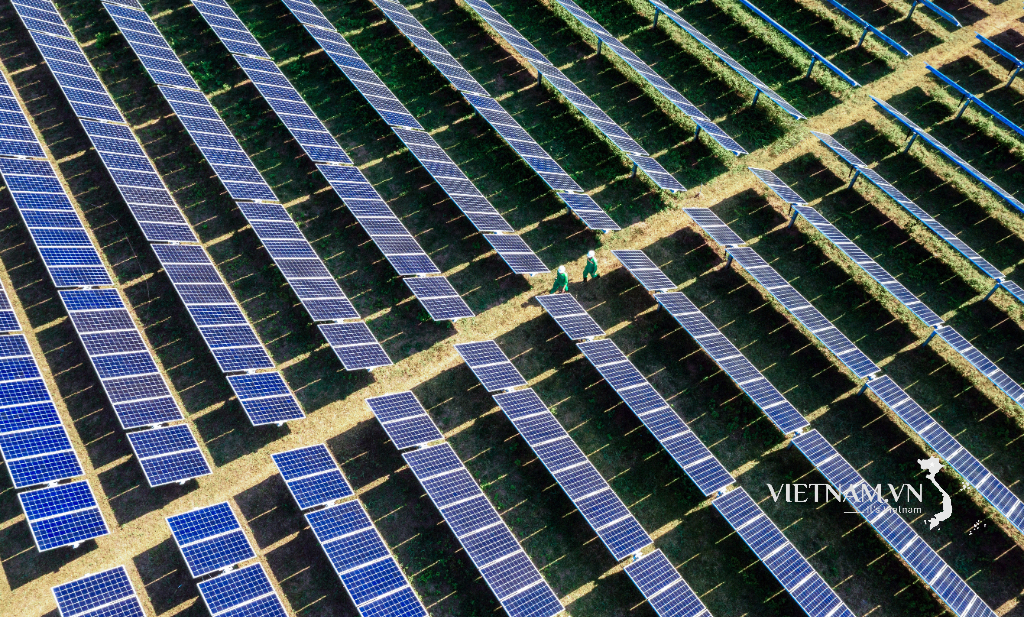
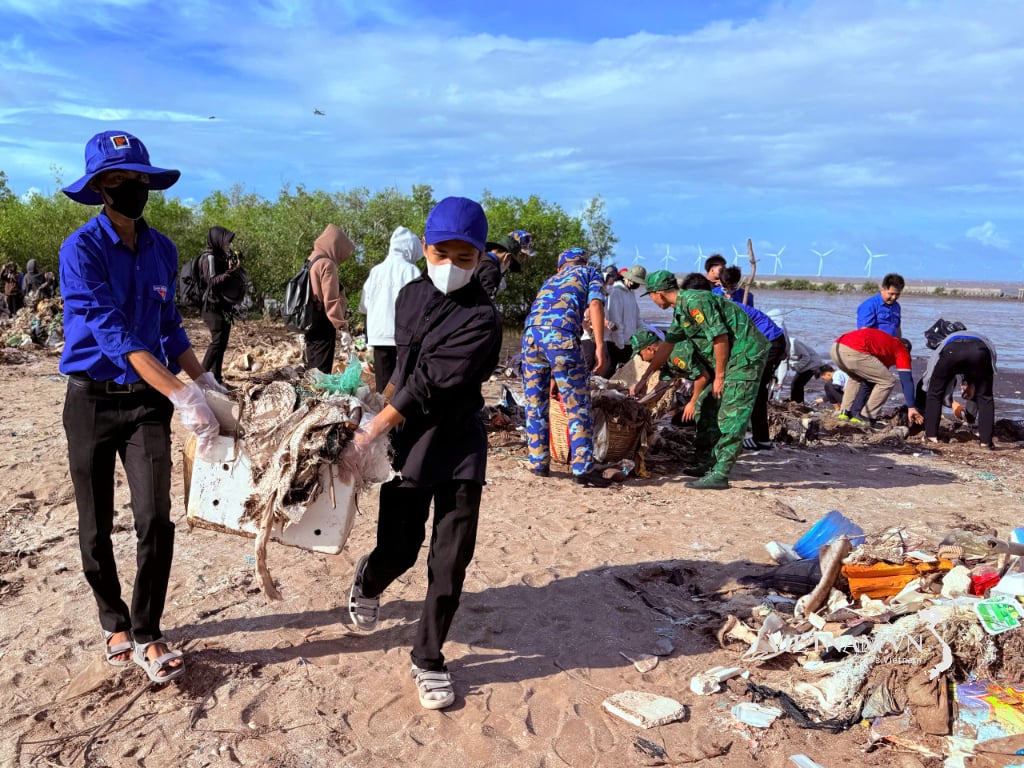

Comment (0)